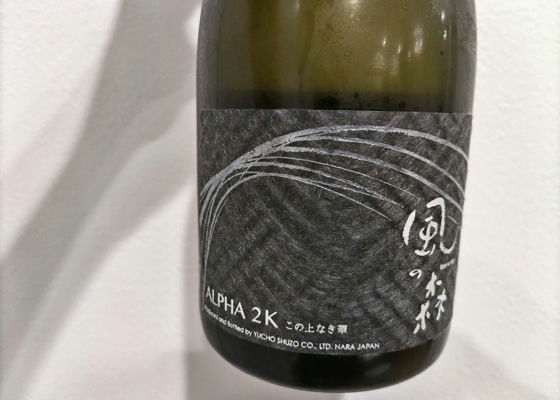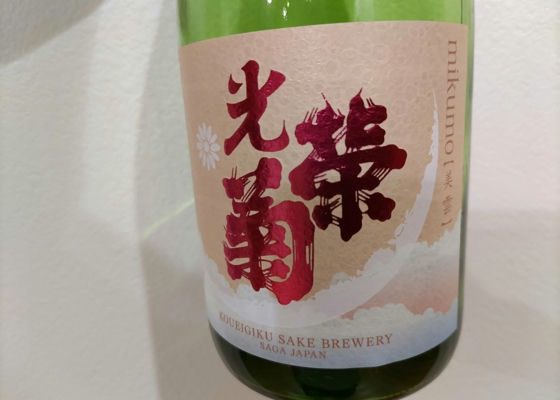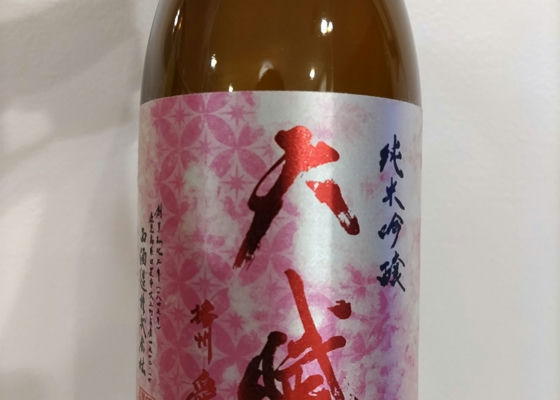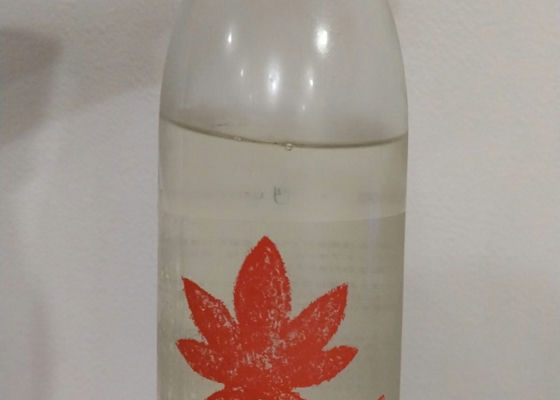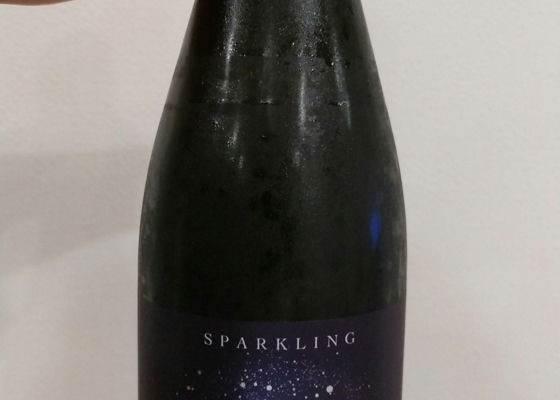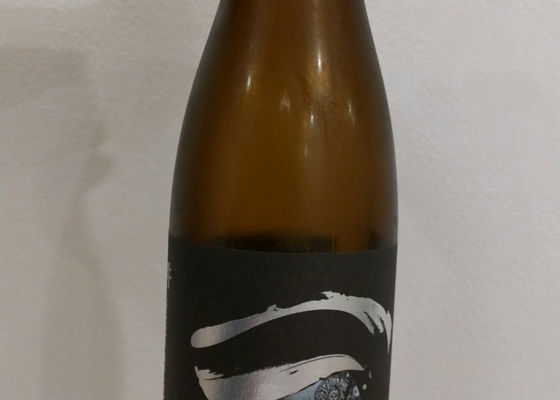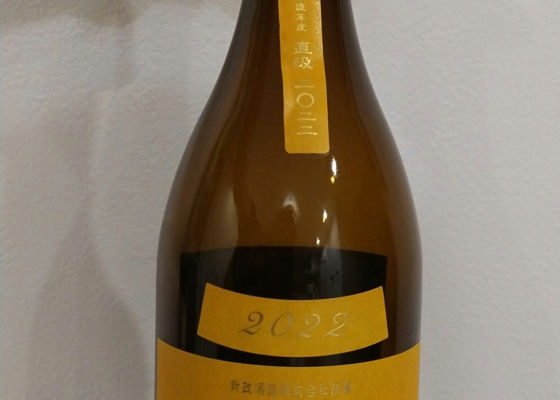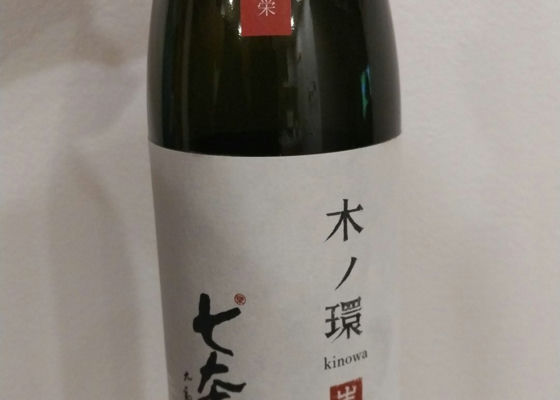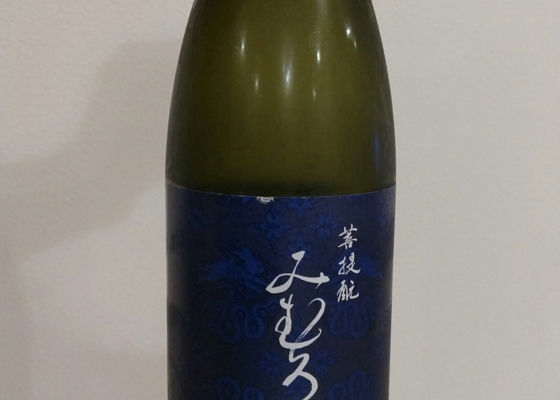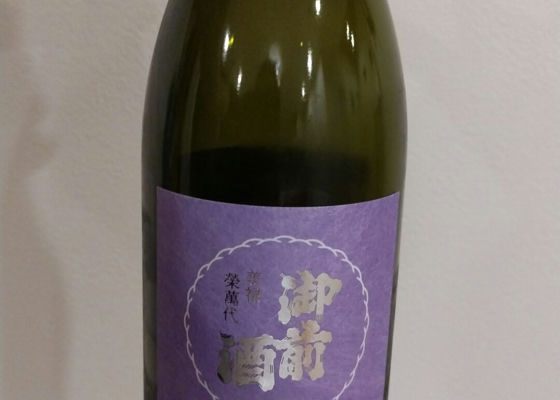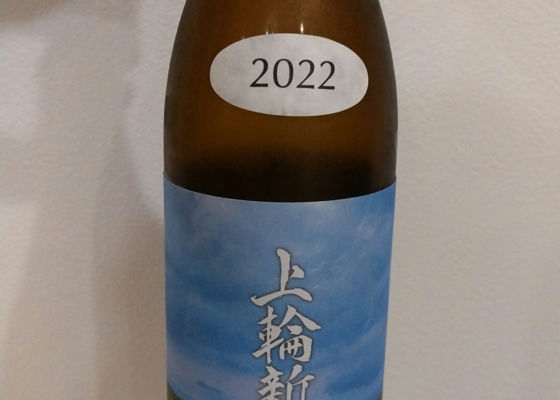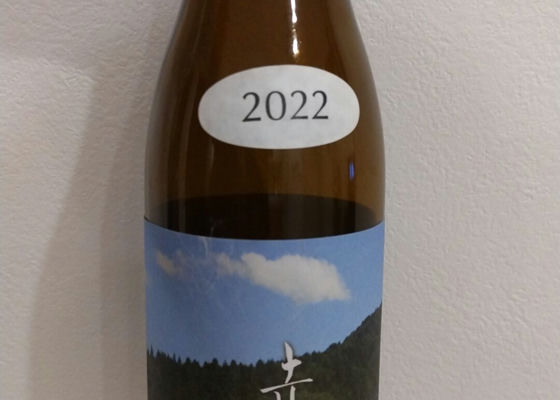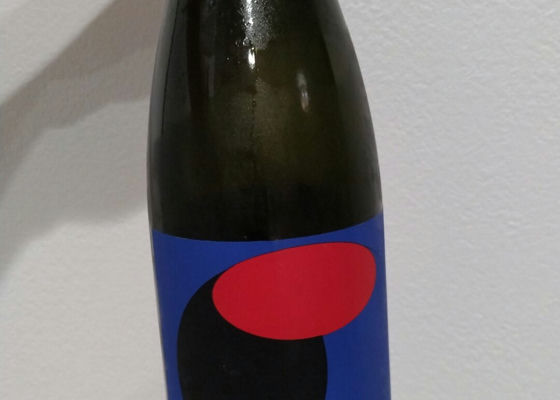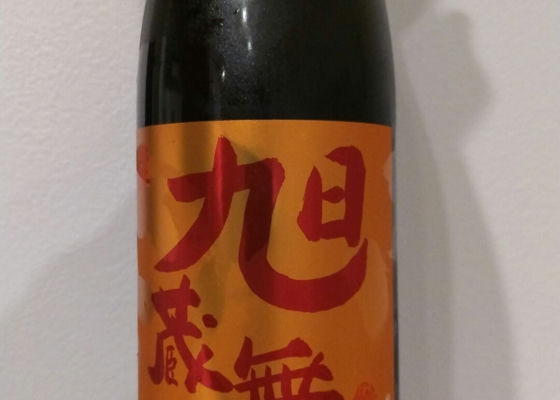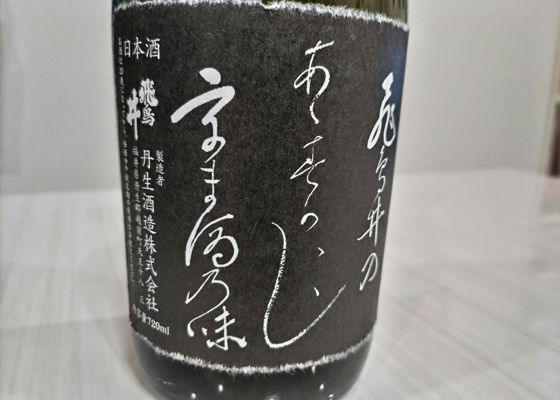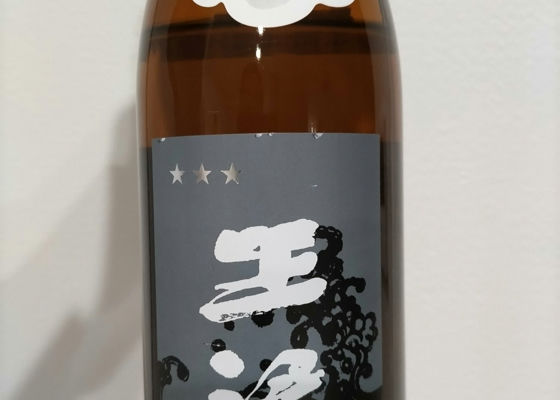
日本の酒
Slightly greenish crystal. Viscosity is moderate with a powerful nose. Aromas of slightly overripe pears, bananas, wheat, white dumplings, lilacs, cloves, barley, slightly ripe Camembert cheese, and white mushrooms. The attack is alcoholic heat and concentrated sweetness, and the acidity is relatively modest but climbs up wriggly. The texture is thick and strong in presence throughout, and the smoky after-flavor brings complexity. The power from the low refining and the original wine is given smoothness by the low temperature ripeness.
Japanese>English
